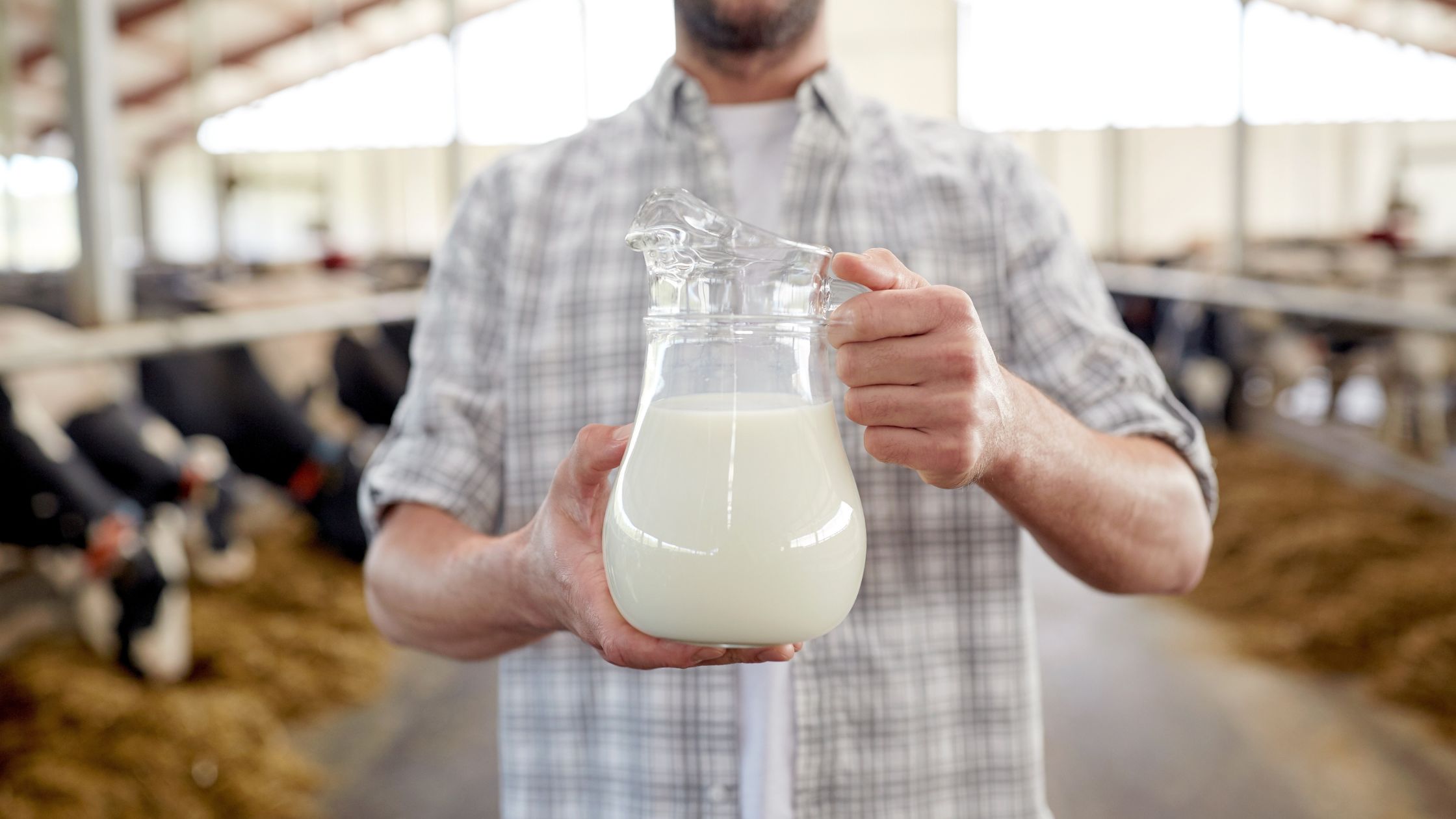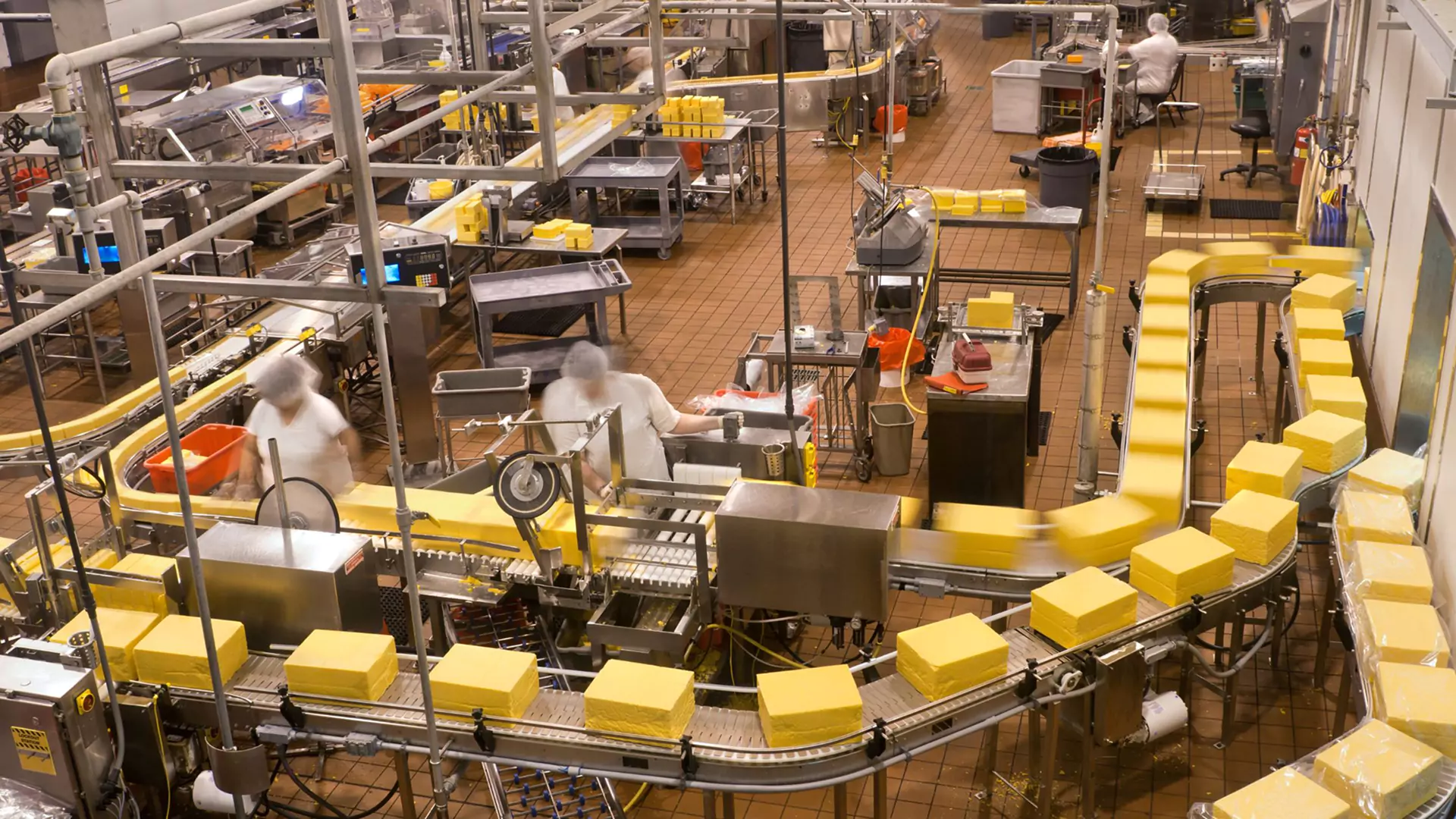Smart Tax Strategies for Dairies and Creameries

Authored by: Glen Erdman — Director, EA | Date Published: October 8, 2024
In the heart of rural America, dairy farmers and creamery manufacturers play a vital role in feeding the nation. From managing fluctuating milk prices to adhering to strict industry regulations, these agricultural professionals face daily challenges that can strain time and finances. However, strategic tax planning provides an often-overlooked pathway to enhancing profitability and operational sustainability. Dairy farmers and creamery manufacturers can use tax provisions to improve their financial stability and long-term growth.
Featured Topics:
- Section 179 Deduction: Immediate Relief for Equipment Purchases
- Bonus Depreciation: Accelerated Write-offs for Long-term Investments
- Conservation Easements: Preserving Land and Cutting Taxes
- Energy Credits: Savings through Sustainability
- Research and Development Credits: Innovation Pays Off
- State and Local Incentives: Customized Support for Agriculture
- A Path Forward for Dairy Farmers and Creamery Manufacturers
1. Section 179 Deduction: Immediate Relief for Equipment Purchases
The steep cost of necessary equipment can significantly impact cash flow. Luckily, the Section 179 Deduction allows for the immediate expensing of qualifying equipment, offering much-needed financial relief in the year of purchase.
- For Dairy Farmers: The purchase of agricultural machinery, such as milking robots and tractors, qualifies for this deduction, providing immediate write-offs and lowering taxable income. A farmer explained, “It helps us offset the cost of major purchases, making it easier to invest in the technology we need to keep our farm running.”
- For Creamery Manufacturers: Creamery owners can benefit by applying Section 179 to equipment such as pasteurizers, packaging machines, and aging vats. This deduction allows creameries to manage large upfront costs and stay competitive in an evolving market.
2. Bonus Depreciation: Accelerated Write-offs for Long-term Investments
In addition to Section 179, bonus depreciation offers an opportunity to accelerate further deductions, especially for high-cost assets with longer recovery periods.
- For Dairy Farmers: Farmers can use bonus depreciation for larger investments, such as barns and other permanent structures crucial to milk production. This option is especially valuable when upgrading or expanding facilities.
- For Creamery Manufacturers: Expanding or upgrading creamery operations—such as adding new production lines or cold storage facilities—can result in substantial depreciation deductions. This allows creameries to offset the costs of capital-intensive projects early on.
3. Conservation Easements: Preserving Land and Cutting Taxes
Conservation easements present a dual benefit: preserving agricultural land for future generations and reducing tax burdens.
- For Dairy Farmers: Farmers with large tracts of land can place a portion of it under a conservation easement. This not only conserves the land but also allows for a tax deduction based on its value. It is a way for the land to stay productive while benefiting from tax savings.
- For Creamery Manufacturers: Although less directly applicable, creameries with significant unused land holdings could consider conservation easements to preserve surrounding natural areas and benefit from tax incentives.
4. Energy Credits: Savings through Sustainability
Renewable energy solutions like solar power provide long-term savings while offering immediate tax credits.
- For Dairy Farmers: Dairy farms consume considerable energy, especially in areas like milking and refrigeration. Installing solar panels or investing in biomass systems can help farmers reduce energy costs and earn energy credits, further decreasing tax liabilities.
- For Creamery Manufacturers: Creameries, which rely heavily on energy for processes like pasteurization and refrigeration, can benefit from energy credits by adopting renewable energy technologies. These investments reduce operating costs, enhance sustainability, and improve financial health.
5. Research and Development Credits: Innovation Pays Off
Innovation drives efficiency and product development in both dairy farming and creamery production. Recognizing and documenting these efforts can unlock valuable R&D credits.
- For Dairy Farmers: While R&D may not seem directly relevant, advances in breeding, feed efficiency, and disease control can qualify for tax credits. These efforts, often overlooked, can yield significant financial rewards for forward-thinking farmers.
- For Creamery Manufacturers: For manufacturers, constantly experimenting with new recipes and processes is an integral part of the business. Whether improving the shelf life of products or reducing waste, these practices can qualify for R&D credits, significantly reducing tax liabilities.
6. State and Local Incentives: Customized Support for Agriculture
Agriculture-friendly state and local governments often offer incentives to benefit dairy farmers and creameries. From grants supporting sustainability projects to credits for employing local workers, these incentives can be a powerful tool for boosting growth.
- Dairy Farmers and Creamery Manufacturers: Engaging with state agricultural extensions and economic development programs can uncover additional opportunities to support. State tax incentives allow creameries to reinvest in their business and grow sustainably while giving back to their communities.

A Path Forward for Dairy Farmers and Creamery Manufacturers
Smart tax planning is essential for dairies and creameries, including deductions for equipment and credits for improvements and energy. By taking advantage of these opportunities, businesses can reduce their tax burden, improve cash flow, and ensure a sustainable future. For MBE clients, tax strategies have been crucial in weathering economic storms and cultivating growth.
